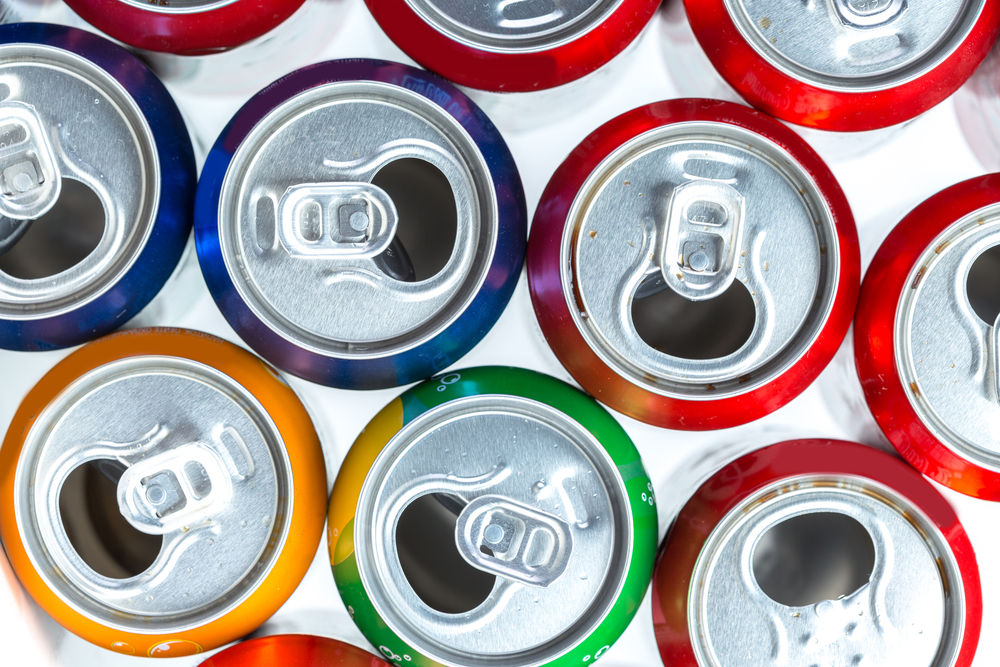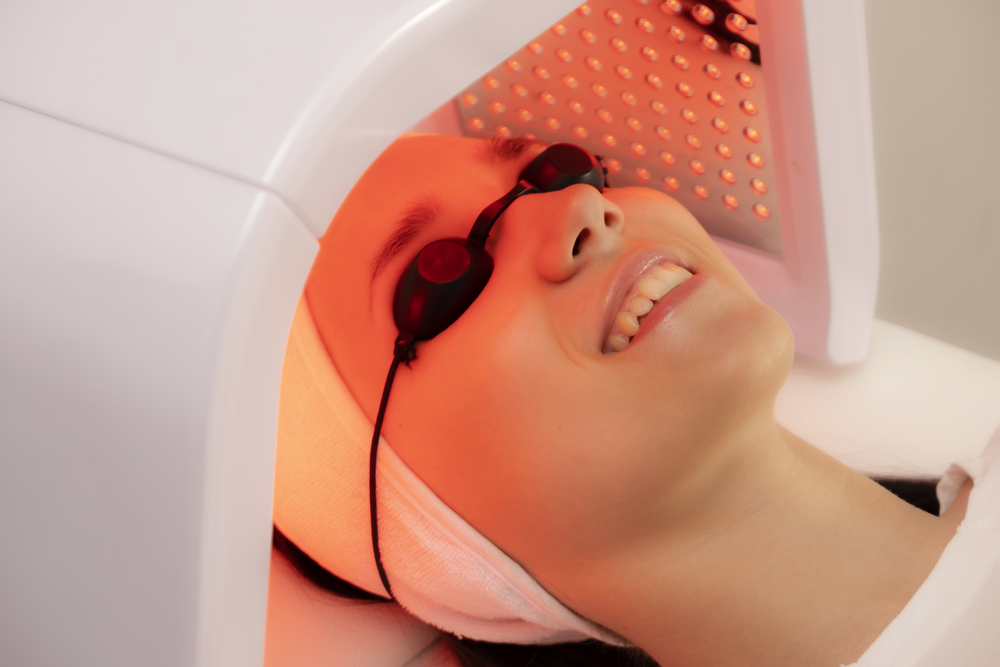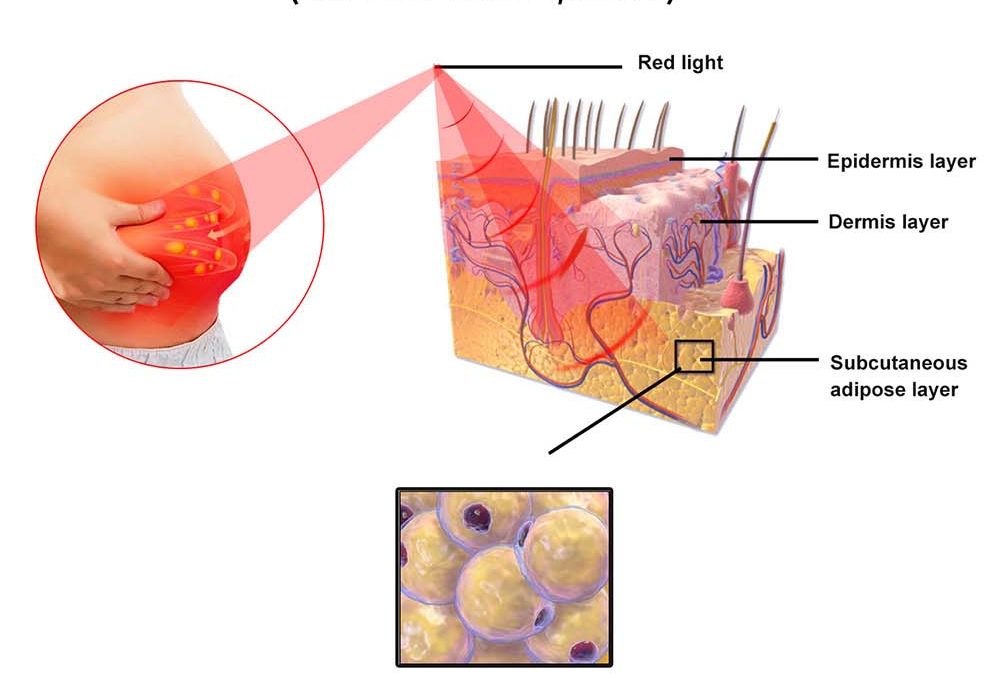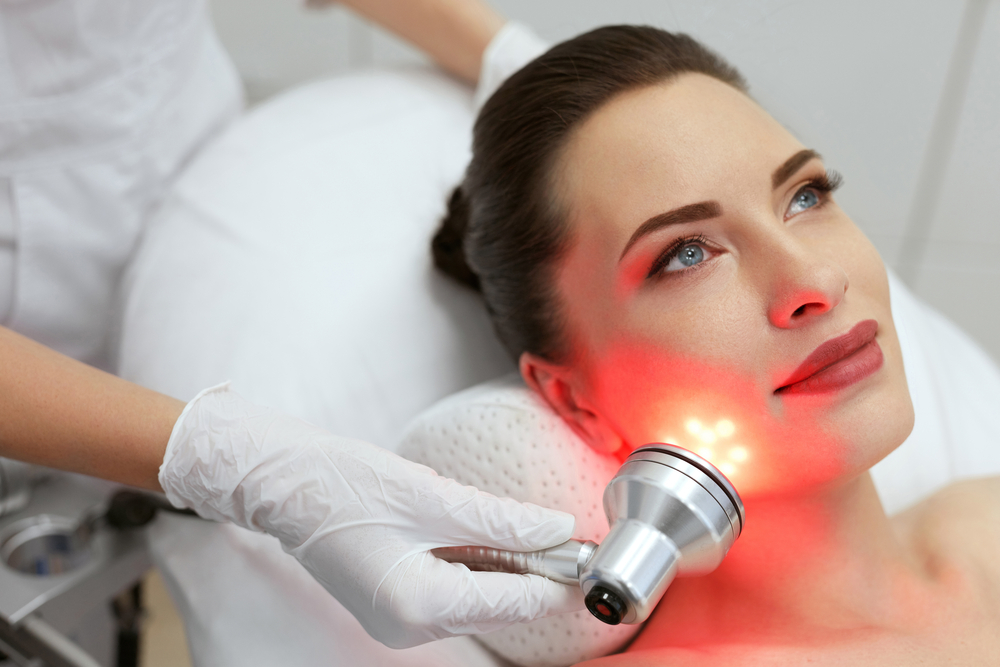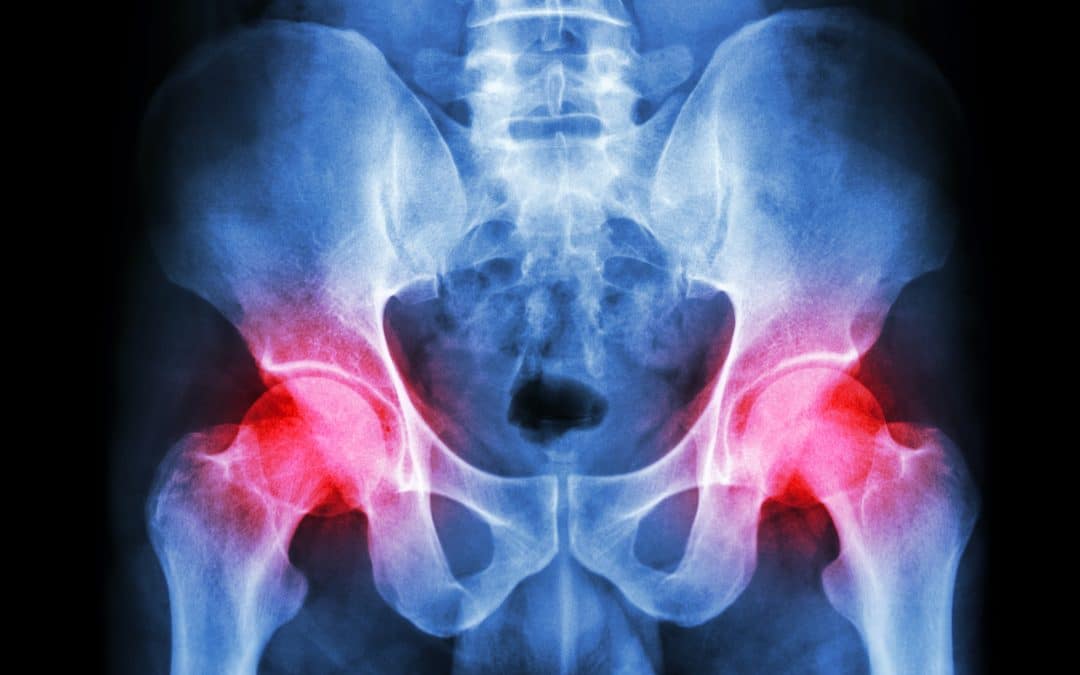
Natural Hip Pain Treatment: Orthotic Insoles Help
Can Orthotic Insoles Help with Hip Pain?
Chronic and acute pain are common problems for Americans, with a staggering 126 million adults reporting some level of pain in a three-month timespan.
Many of these adults experience sharp or aching pain in their hips. Your hips are two of the most important joints in your body—they’re used when you’re standing, walking, bending, and even sitting down. As such, chronic hip pain can interfere with your ability to live a normal life and do the things you love.
If you’re experiencing discomfort from arthritis, injury, or hip flexor pain, treatment is possible. Read on to learn how your chiropractor and orthotics can help.
Causes and Symptoms of Hip Pain
There are countless reasons why your hips could be hurting, but there are a few conditions that we see over and over. Whether your pain is chronic or acute, here are a few things to look out for.
Chronic Hip Pain
Chronic hip pain is often the result of getting older. As we age, our cartilage wears down, meaning our joints don’t have as much cushion.
However, not all hip pain is caused by aging. Some other reasons for chronic pain include:
- Osteoarthritis
- Rheumatoid arthritis
- Bursitis
- Tendonitis
- Labral tears
- Poor body alignment
- Tight and inflamed hip flexors or other muscles
- Sciatica
Chronic pain tends to worsen over time. It might feel sharp and stabbing whenever you do a certain activity or dull and achy all the time. The pain may also radiate to your groin, low back, and other areas around your hip.
Acute Hip Pain
While chronic pain often worsens gradually, acute pain is sharp and sudden. Some common causes of acute hip pain include:
- Falls or other injuries
- Car accidents
- Connective tissue damage
- Tendon or muscle sprain or strain
- Overuse injuries
Whether your hip pain comes on suddenly and without warning or you know it’s the result of an injury, call your doctor immediately. You’ll need to eliminate serious conditions like hip fractures, dislocations, and cancer to clear you for chiropractic care.
How Orthotics Can Help Hip Pain
When many people consider their options for hip pain treatment, they often think that surgery or pain medication are the only choices. Thankfully, sometimes all you need is a little extra support.
Orthotic shoe inserts for hip pain are designed to support your feet, ankles, legs, and hips when you stand. By providing the right foundation, orthotics bring the rest of your body back into alignment. This relieves extra stress on your hip joints and allows tight muscles to relax.
Some drugstore shoe inserts claim to relieve pain in your hips, but they don’t provide the exact support your body needs. If you want the best treatment for hip pain, have your chiropractor make you a set of custom orthotics that match your unique foot shape.
Aside from orthotics, your chiropractor might also suggest getting an adjustment, stretching and exercising, or using heat and ice to reduce your pain. Following their instructions can help you avoid the need for surgery and get back to living your normal life.
See Your Chiropractor for Hip Flexor Pain Treatment and Custom Orthotics
Orthotics are great for hip flexor pain treatment, and they help with several other conditions as well. If you’re interested in getting natural treatment for hip pain, talk to your chiropractor today.
Are you looking for a chiropractor in Mill Creek, WA? Check out Amazing Life Chiropractic and Wellness. We can help you get the orthotics you need as well as other supporting treatments to relieve your hip pain.
Contact us online or give us a call to schedule your complimentary consultation.
